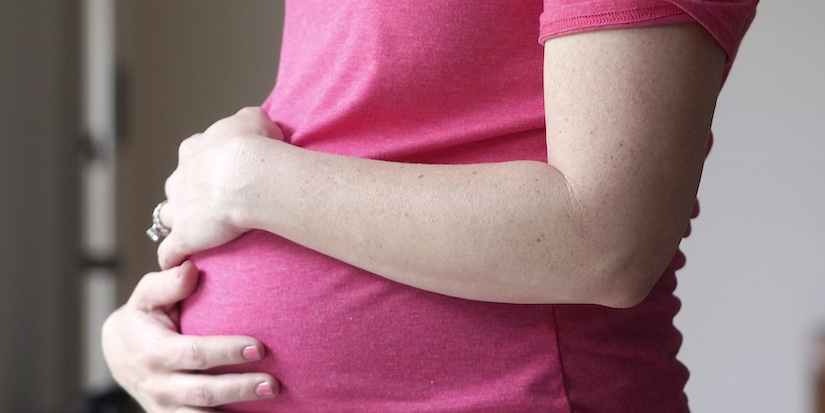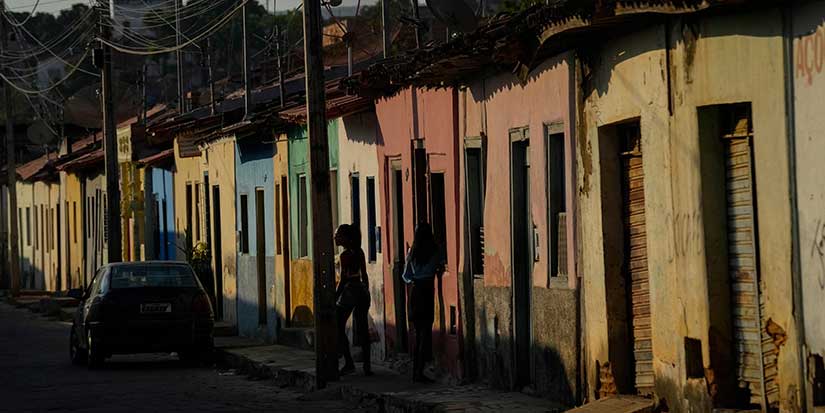Arts & Culture
Animal-inspired artist awes with large-scale works

By Hannah Scott, Local Journalism Initiative reporter
Published 4:29 PDT, Thu April 1, 2021
Last Updated: 2:13 PDT, Wed May 12, 2021
—
Artist Fiona Tang is inspired by a connection to animals.
“I watch a lot of animal documentaries, and I find a lot of inspiration from Sir David Attenborough’s documentaries,” she explains. “The passion and compassion he has towards animals really drives my passion to represent them, and help build a connection that people have to animals through my artwork.”
Tang had a deep connection with her dog, who passed away last year aged 16. Through him, she learned to appreciate the intelligence and expressiveness of animals, which she hopes to capture in her art. The Richmond-raised Tang found her artistic calling around age 19, when she was a biology major at university.
“I felt really lost going to school every day,” she explains. “I started doing a lot of hiking, and then quick sketches. After connecting with counsellors (and) multiple tests, they told me: ‘You have a lot of passion for art, but no skills. On the other hand, you have a lot of skills for science, but no passion’.”
So Tang reflected, and decided to change courses, dropping her biology degree and switching to studying art. She attended the University of Northern B.C., Langara College and Emily Carr University. She says her biology background informs her art practice, linking the two through a curiosity of how things work and describing her art process as being “like doing science.”
While Tang initially worked with ceramics, she became allergic to the glaze in the clay. Then she began painting abstract landscapes, but eventually found her passion for drawing with charcoal, which is her favourite medium now.
But her love of ceramics, and building three-dimensional models of things with her hands, continues on in her current process, which involves plasticine models.
“I make a hand-built model so I can learn, with my hands, the shape of the animal,” says Tang. “I’ll position it, and use that model as a study, and then do drawings. It’s kind of flipped compared to the usual art process—people usually do a 2D sketch and then build the model afterwards, but I do it the other way around.”
The concept of creating a large mural at Thompson elementary makes Tang excited, and a little nervous. But the size of the mural is something she’s used to: she frequently does mural-sized charcoal drawings of animals.
Several of her art instructors preached the importance of being able to restart a project when feeling stuck, and that sometimes starting over creates a fresh beginning.
“I think acknowledging that it’s okay to not be able to create perfect art every single time is powerful because then you can make sure you’re in the right state of mind before you go further,” says Tang.
These days, when creating art, Tang often feels sad when she reaches the end of a big project, because she’s developed an attachment to it. She tends to work on just one project at a time; depending on size, her pieces take anywhere from a matter of days to several months.
Ultimately, Tang hopes to use her art to create awareness, and to become a wildlife spokesperson. She’d like to use her art to “do good in the world,” raising money for conservation or documenting rare animals or endangered species.
And as an alumna of Anderson elementary and Palmer secondary schools in Richmond, Tang says it’s particularly meaningful to be able to put her art on a Richmond school.
“It’s like a homecoming for me, and I’m very excited about it.”




































